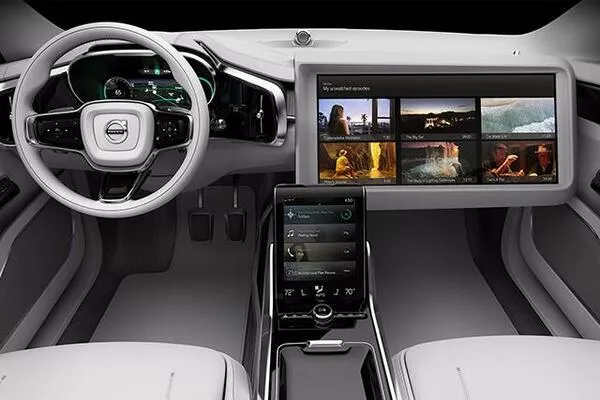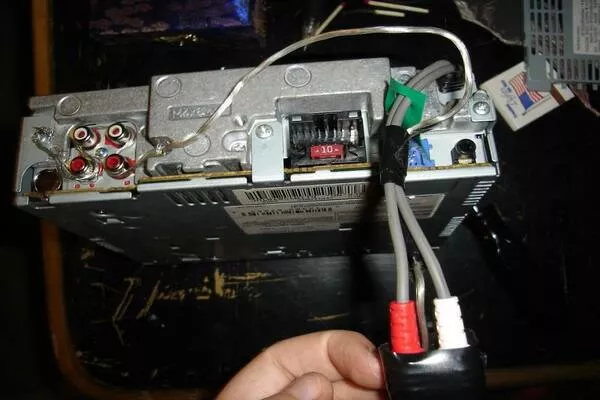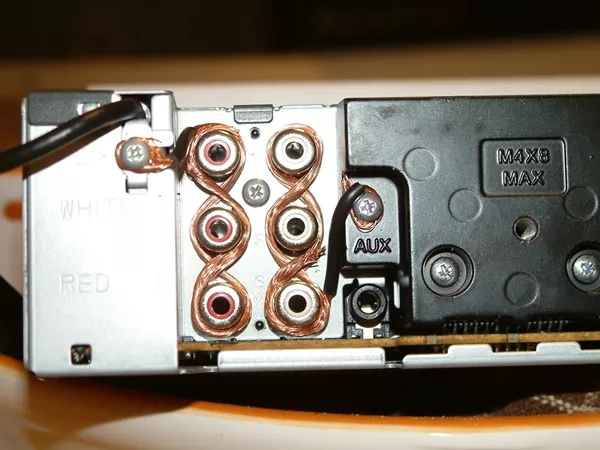In-car entertainment is a matter that’s taken seriously by a lot of drivers these days. If we were to look at the ever-growing number of vehicles and the traffic it causes, you’ll see why that’s the case. Lucky are those who are able to provide themselves with more than one in-car entertainment device.
For those who can’t afford extra screens and high-definition audio upgrades, there’s always the trusty stereo that came with your car.
But what if your only source of in-car entertainment suddenly becomes an annoying source of a nuisance? Is this a case of ground loops or something you should just shrug off?

In-car entertainment is a matter that’s taken seriously by a lot of drivers these days
Just like any other thing on the planet, your car stereo’s parts aren’t wear-and-tear proof. These are all replaceable so it means that it can eventually break down even after prolonged normal use. Of course, under unlikeable conditions with minimal maintenance intervention, it's bound to have issues easier and much faster.
One of the common issues that you may encounter when it comes to in-car stereos are ground loops. But what exactly are ground loops? How does this affect the performance of your in-car stereo unit? And what can you do about it?
The answers to those questions, along with other things you need to know about car stereo problems are listed in this article from Philkotse.com.
Noise Coming from Your Car
If you suddenly hear a whining, humming, or any unwanted noise coming from your in-car stereo, it may be caused by a ground loop.
However, one cannot be so sure unless a more thorough inspection has been made. You will need to have a look at the audio setup to confirm if you really have a ground loop problem in your hands.

A whining, humming, or any unwanted noise coming from your in-car stereo may be caused by a ground loop
>>> Related: Hush driving: 4 tips to erase your car noises immediately
What is a Ground Loop?
A ground loop is what happens when two components from your car stereo become grounded in places where there are different ground potentials. If this happens, it will generate an unwanted static that then introduces some sort of interference.
This interference is often referred to as the whine or the hum. If you want to fix a ground loop problem, you will have to ground all of it in the same spot. If you can’t address the problem immediately, you can also utilize a so-called “in-line noise filter” to make your audio problems go away.

If you want to fix a ground loop problem, you will have to ground all of it in the same spot
Car Stereo Ground Loops
Aside from ground loops, there are a hundred other problems that can cause your car stereo to play a funny tune (or in this case, an annoying one). However, ground loops are one of the most well-known culprits. The unwanted noise can be heard whenever two audio components from the same system become grounded in two different locations.
If the two locations in question have varying ground potentials, the final product becomes unwanted noise. If this difference in the ground potentials is eliminated, the annoying noise will also go away.

Ground loops are one of the most well-known culprits why your car stereo creates an annoying noise
In cases of home audio systems, incidents of ground loops usually take place when there are two components that are plugged into two different outlets. Fixing the matter, in this case, is way simpler. All you have to do is change the way the electronics are plugged in.
This, however, is not as simple as it sounds when it comes to in-car audio systems. The chassis, as well as any other metal part in contact with it, is a ground.
But the problem is that not all grounds in the world are created equal. For example, if you ground one component to the vehicle’s chassis and the other to your car’s cigarette lighter, this can become a loop. In fact, this is the best example of how to create a ground loop.
>>> Related:
- 10 bad car noises Filipino drivers should look out for
- How to reduce car noises by taking care of the tires
Fixing a Ground Loop
Fixing a ground loop isn’t so complicated and you can even deal with it on your own. This is, of course, if you have a basic understanding of stereo units, vehicles, and wiring. You will have to tear open your sound system to get a better view of which element is causing the problem.
Once it’s open, attach some of the component’s grounds directly to the vehicle chassis but in the same place. You can try the grounds from the amplifier and even the head unit. From here, you will see just how important it is to plan everything when it comes to installing or upgrading a stereo system.

Fixing a ground loop isn’t so complicated and you can even deal with it on your own
In some cases, we’d even advise that you get an expert to do the job for you to ensure dependable results. Professional technicians will most likely be the best people to install or configure a car stereo.
They may also be able to point out particular problems with the installation of the head unit itself that may arise in the future. With that said, you can ask solutions to these potential problems before they even happen. After all, prevention is better than cure.
>>> Related: Things that go Bump-Badump - Scary sounds your car can make
How to Isolate Ground Loops
We’ve already taught you how to deal with a ground loop in the quickest and most head-on manner possible. But aside from that, there is also another way you can handle this problem.
If you can’t or just don’t want to open up the stereo, you can also take a look at the isolator in your vehicle.

You can also take a look at the isolator in your vehicle
What is an Isolator?
An isolator or also called ground loop isolators are made up of three distinct parts. These are the transformer, the input, and the output. All the audio signals go through the isolator via the input jack.
They then pass through the isolator’s transformer. When it exists, it goes through the output plug. If you didn’t know it yet, there’s no immediate electrical connection between the output and the input.
The ground loop or in fact any other interference that is generated is now isolated from the stereo’s signal.
If done properly, you will be able to enjoy fuzz and whine-free audio sound quality from your head unit. But take note that this second solution will only act as a band-aid. It will only filter the noise but the problem on your stereo will still remain.












